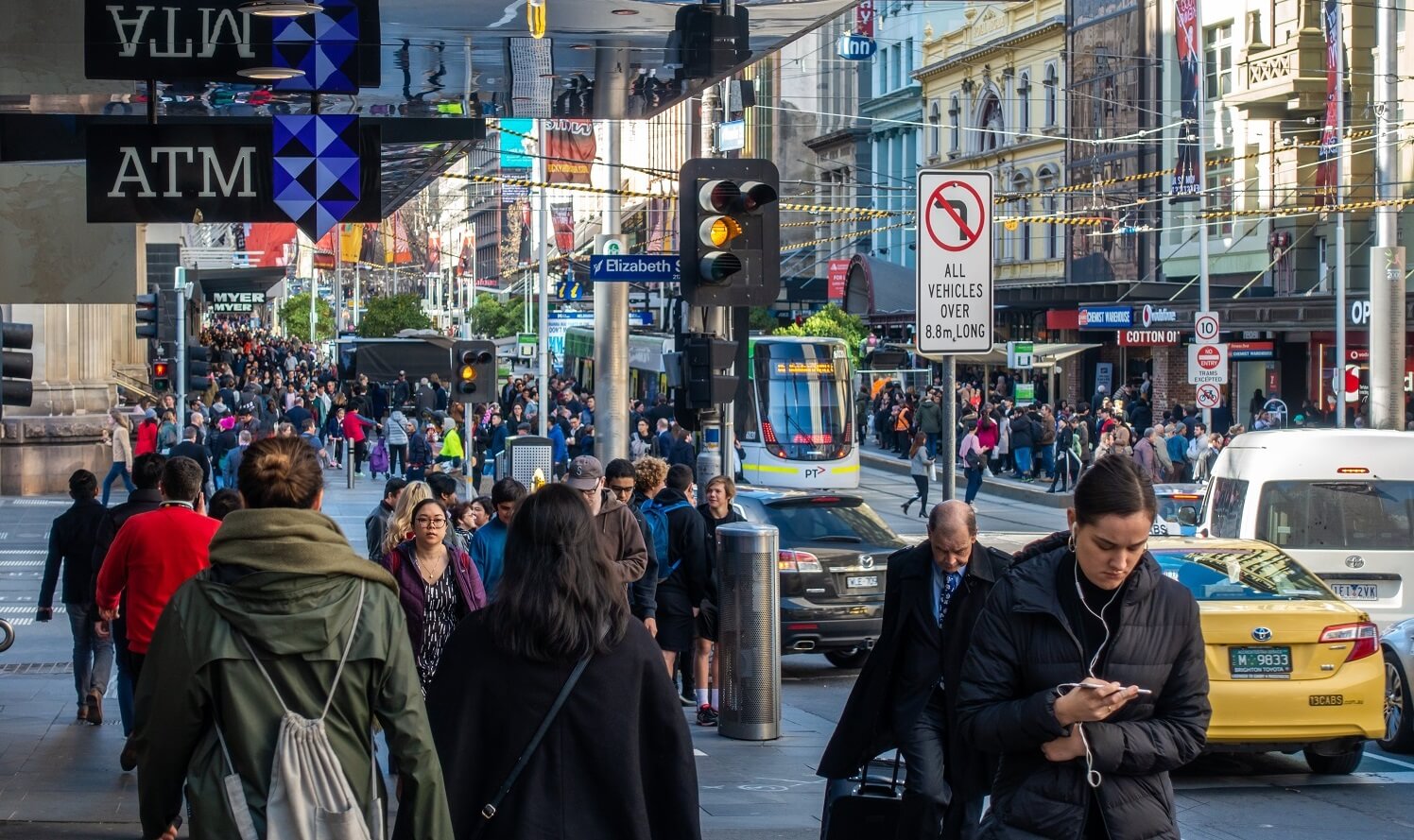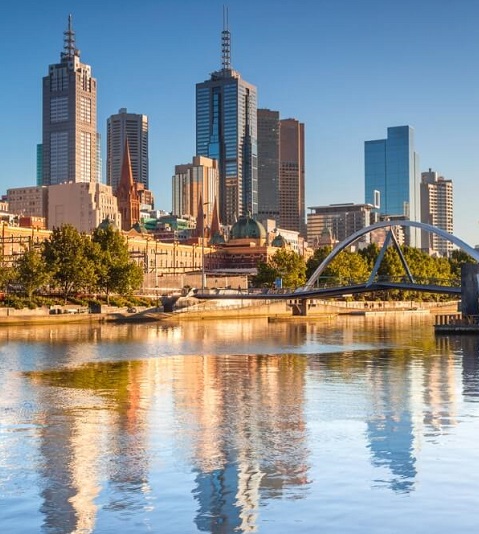The state's 2022-23 Annual Financial Report reveals the resilience of the Victorian economy despite global factors including high inflation and rising interest rates, a positive signal for international investors.

State final demand – a key measure of the economy that combines public and private investment and spending – grew by 4%, to be more than 11% higher than in 2018-19. This growth was driven by consumer spending, which rose by nearly 7%, and business investment, which rose by 8%.
A growing population helps to build the economy and Victoria’s population growth is above pre-pandemic rates. Victoria’s population rose by 2.4% or more than 160,000 people over the year to March 2023 – the biggest increase in absolute terms of all the states – taking our population to 6.8 million people.
A strong economy has driven a very strong labour market with more than 130,000 Victorians joining the workforce over the past 12 months – the best performance in the country. Victoria now has the lowest unemployment rate in the country at 3.5% and employment levels are around an all-time high at 3.65 million.
The Annual Financial Report shows that the net operating cash surplus was $4.3 billion, a $13.1 billion improvement on the deficit from the previous year, confirming that the Victorian State Government achieved step two of the four-step fiscal plan unveiled during the pandemic to enable a sustained recovery.
The 2022-23 operating result was an improvement of $1.5 billion compared with the revised estimate in the 2023-24 Budget.
Total general government sector expenses reduced to $93.6 billion in 2022-23, a decrease of $3.2 billion compared with the previous year, reflecting the unwinding of COVID-19 support payments.
Net debt is $3.5 billion lower than the target in the 2022-23 Budget, and $17.8 billion below the forecast in the 2020-21 Budget, at $115 billion. Net debt has been lower than forecast at each budget since the onset of the pandemic.
State government investment in infrastructure has increased from $4.6 billion in 2014-15 to $21.8 billion for 2022-23 to support Victoria’s rising population, with new housing, transport, education and health projects on the way.
State government-backed infrastructure projects have kick-started careers for thousands of workers and the creation of Free TAFE has produced a pipeline of skilled workers.
Victoria’s economic outlook is positive, with Deloitte Access Economics forecasting Victoria’s economy will grow faster than any other state over the next two years.
Read more about Victoria’s growing, low risk, transparent economy



